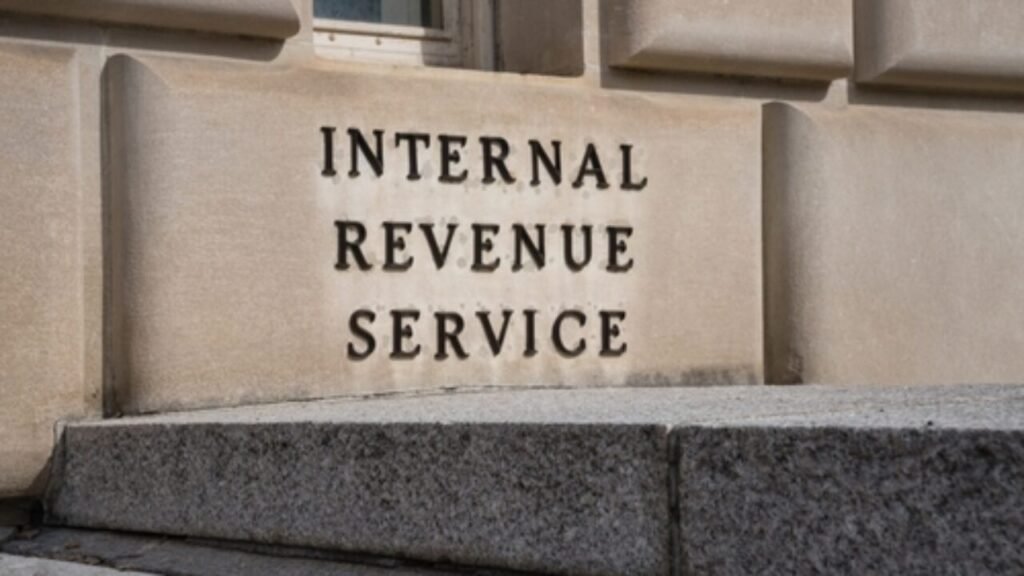Does IRS Catch Mistakes

Does the IRS Always Catch Mistakes?
Overview
For many individuals and businesses, the thought of making mistakes on tax filings can be challenging. With the IRS’s overseeing millions of tax returns each year, it’s natural to wonder does the IRS always catch mistakes? While the answer is nuanced, it’s essential to understand how the IRS detects errors, the types of mistakes that are more likely to be flagged, and what to do if you make an error on your tax return.
How Does the IRS Detect Mistakes?
The IRS’s has a powerful system in place for identifying errors on tax returns. This system combines automated technology, data analysis, and manual reviews to ensure compliance and accuracy. Here’s how it works:
1.Automated Screening: Most tax returns are processed using sophisticated software that checks for inconsistencies and mathematical errors. If your return shows discrepancies, such as mismatched numbers or missing data, it may be flagged for further review.
2.Computerized Matching: The IRS uses a matching system to cross-check information provided on tax returns with data reported by third parties. For example, the IRS matches income reported on your return with information provided by your employers (via W-2 forms) and financial institutions (via 1099 forms). If there are discrepancies, your return may be flagged for an audit or inquiry.
3.Red Flags and Triggers: Certain types of mistakes or suspicious entries can trigger alerts within the IRS system. These include large, unsubstantiated deductions, reporting income inconsistencies, and using tax credits inappropriately. The IRS also flags returns with unusually high or low figures compared to averages for similar taxpayers.
4.Manual Review: While most returns are processed automatically, some are selected for manual review based on the complexity of the return, red flags, or random sampling. During this process, IRS’s agents might review your documents more thoroughly to ensure everything aligns with tax laws.
Common Mistakes That Get Noticed by IRS
Certain types of mistakes are more likely to be caught by the IRS. Here are some of the most common ones:
- Math Errors: Simple math errors, such as miscalculating totals or tax credits, are easily detected by the IRS’s automated systems. The IRS often corrects these errors automatically and sends a notice explaining the changes.
- Unreported Income: The IRS receives copies of income reports (like W-2s and 1099s) from employers and financial institutions. If you fail to report income that matches these documents, the IRS’s is likely to notice.
- Mismatched Names and Social Security Numbers: If the name or Social Security number you provide on your tax return doesn’t match IRS’s records, your return could be flagged for additional review.
- Claiming Ineligible Deductions or Credits: Deductions and credits that seem unusually large or don’t align with your income and filing status can attract IRS attention. For example, claiming credits like the Child Tax Credit without meeting eligibility requirements could trigger an audit.
Does the IRS Catch Every Mistake?
While the IRS’s has a comprehensive system for detecting errors, it does not catch every mistake. The agency prioritizes the most significant discrepancies that impact revenue collection or indicate potential fraud. Some minor mistakes, like math errors or small omissions, may go unnoticed unless they cause a significant issue with your return.
It’s also worth noting that while automated systems can catch many errors, manual reviews and audits are less frequent. Only a small percentage of tax returns are selected for audit, so the IRS is more likely to focus on high-risk or high-dollar returns than on routine or small-dollar mistakes.
What Happens If the IRS Notices a Mistake?
If the IRS’s finds an error on your return, you may receive a notice or letter explaining the issue. Common types of IRS correspondence include:
- CP2000 Notice: This is issued when the IRS detects a discrepancy between the income reported on your tax return and what third-party sources have reported. It’s a notice of proposed changes to your return and includes information on how to respond.
- Adjustment Notices: If the IRS makes a correction to your return due to a math error or missing information, it will send a notice explaining the changes and how they impact your tax bill.
- Audit Notification: In some cases, the IRS may initiate an audit to review your return more closely. Audits can be triggered by various factors, including red flags, random selection, or high-dollar discrepancies.
What to Do If You Make a Mistake
If you realize that you made a mistake on your tax return, here’s what you should do:
- File an Amended Return (Form 1040-X): If you catch an error before the IRS notifies you, file an amended return using Form 1040-X. This form allows you to correct mistakes and submit the updated information to the IRS.
- Respond to IRS Notices Promptly: If the IRS contacts you regarding an issue with your return, respond promptly and provide any requested documentation or clarification. Ignoring an IRS notice can lead to penalties or further action.
- Seek Professional Help: If you’re unsure how to correct a mistake or deal with an IRS notice, consider consulting a tax professional. They can help you navigate the process, respond to the IRS, and ensure compliance.
Conclusion
While the IRS has a sophisticated system for catching errors on tax returns, it doesn’t catch every mistake. Minor errors or discrepancies may go unnoticed, while larger, more significant mistakes are more likely to be flagged. Regardless of the situation, it’s crucial to be proactive if you spot an error on your return or receive communication from the IRS.
Filing taxes can be stressful, but taking the time to review your return and ensure accuracy can prevent potential problems down the line. And if you’re ever in doubt, a tax professional can provide valuable guidance and peace of mind.






